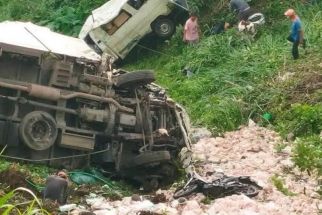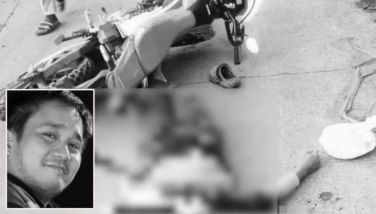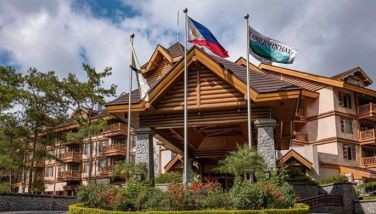NHI installs Negros Revolution marker
Sometimes, news pour in like a torment and one just try to cope with the bewildering importance of each event. And that exactly what happened to me on Monday.
I had deplored the disparate and seemingly parochial local celebrations of the Negros Revolution in 1898 by the cities of Silay, Talisay, and Bago. These were locally impressive affairs. But they remained separate affairs and failed to highlight the climax – the surrender of the Spanish forces in
In short, the impact on the consciousness of the Negrenses remained just that – local affairs. Not the overall historical significance. Even national historians simply glossed over it, although a bloodless revolution and the Grand Bluff deserved to be hailed as a major feat of the Filipinos.
On Monday afternoon, however, the failure to converge in
The crowd, of course, remained disappointing. The affair had not been given the preliminary publicity that should have done justice to the significant event.
Even the city employees remained mostly at a loss as to the import of the affair. But the officials and some of the city workers who attended it were all aware of its significance.
City Mayor Evelio Leonardia was not around. He was attending the International Cities Alliance Public Forum in
Silay City Mayor Jose “Oti” Montelibano was present.
Vice Mayor Thaddy Sayson and Sangguniang Panglunsod members Greg Gasataya and Catalino Alisbo were also present during the affair.
So did several members of the Negros Occidental Historical Council headed by executive director Roque Hofileña.
Hofileña pointed out that the two armies from the north and the south were commanded by Generals Aniceto Lacson and Juan Araneta. After bluffing the Spaniards with their glistening coconut frond-made murata rifles and amakan (rattan) cannons painted black and loaded into bull carts, the Spanish forces under Gen. Isidro de Castro inked the document of surrender at the site of City Hall.
NHI’s Badoy swiped at critics who would have wanted the marker installed in the
Sayson took time out to cite SP member Catalino Alisbo who authored two years ago the resolution asking the NHI for the historical marker.
Well, that more than made up for the failure by the three city governments to make the affair more meaningful by converging in
- Latest
- Trending






























